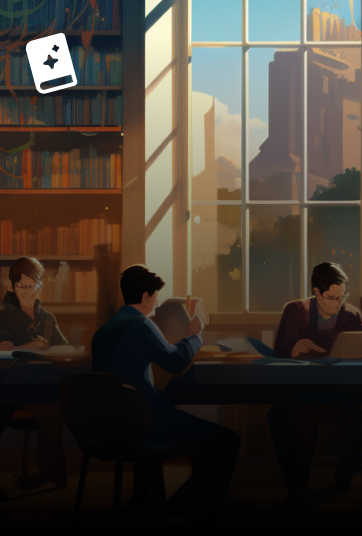
Blood Is Not Enough

Blood Is Not Enough
Blood Is Not Enough: Stories of Vampirism
Ratings1
Average rating5

Blood Is Not Enough

Blood Is Not Enough
Ratings1
Average rating5
We don't have a description for this book yet. You can help out the author by adding a description.
Reviews with the most likes.
Please give my Amazon review a helpful vote - https://www.amazon.com/gp/customer-reviews/R3R9RHVP4AV7Q7?ref=pf_ov_at_pdctrvw_srp
This is an anthology of “non-traditional” vampire stories. The non-traditional vampires actually are non-traditional in a number of ways. They feed off of emotions and inhabit death camps and don't fit the norm in a variety of ways.
The nice thing about this anthology is that it was compiled in the late 1980s, which gave the editor Ellen Datlow access to authors who are no longer available, such as Harlan Ellison and Gahan Wilson.
Another nice feature is that each story is followed by a comment by the author offering something about the story. In the case of Harlan Ellison, the afterword is a long story about his time in Hollywood when he hung with Eastwood, Robert Blake and other stars.
As with most anthologies, the stories can be a mixed bag. I felt the strongest were:
“Carion Comforts” by Dan Simons - These vampires control others by dint of their will to cause death and suffering, which they then feed off of. Then, they turn on each other.
“The Sea was as Wet as Wet Could Be” by Gahan Wilson. We think of Wilson as a cartoonist famous for those creepy Playboy cartoons, but he could write. This is a jewel of the story that reads Lewis Carroll's “The Walrus and the Carpenter” as a vampire story.
“Try a Dull Knife” by Harlan Ellison. I was initially not impressed by this story, but I found that it stuck with me. I've never read this one, even though the story reminds me of a lot of the famous Ellison short stories with a character who lives for his audience being drained of energy by his audience. Obviously, it's a metaphor for the writer or singer or artist. What really gives this story “value added” is the end note by Ellison where he talks about his Hollywood years.
“L'Chaim” by Harvey Jacobs was a creepy tale about a very elite group of vampires who cultivate their product for decades.
“To Feel Another's Woe” by Chet Williamson. Set in New York's theater scene, the vampire feeds off, and destroys, the emotions of her creative lovers.
“Down Among the Dead Men” by Gardner Dozois and Jack Dann. A classical vampire finds himself trapped in a Nazi death camp feeding off his sheep.
“Good Kids” by Edward Bryant. A classic vampire gets an appointment to work with a group of children, who are the true monsters of the story.
I would give an honorable mention to “Dirty Work” by Pat Cadigan. The story of Deadpan Allie the Pathosfinder had depth, but it left me with to many questions about the background of the story. Likewise, I wanted to like “The Girl with the Hungry Eyes” by Fritz Lieber because it was a Lieber story I'd never read before, but, again, it didn't come together. I liked the 1948 post-war setting but I was underwhelmed by the idea that the “vampire” could only elicit passion on film and not in person.